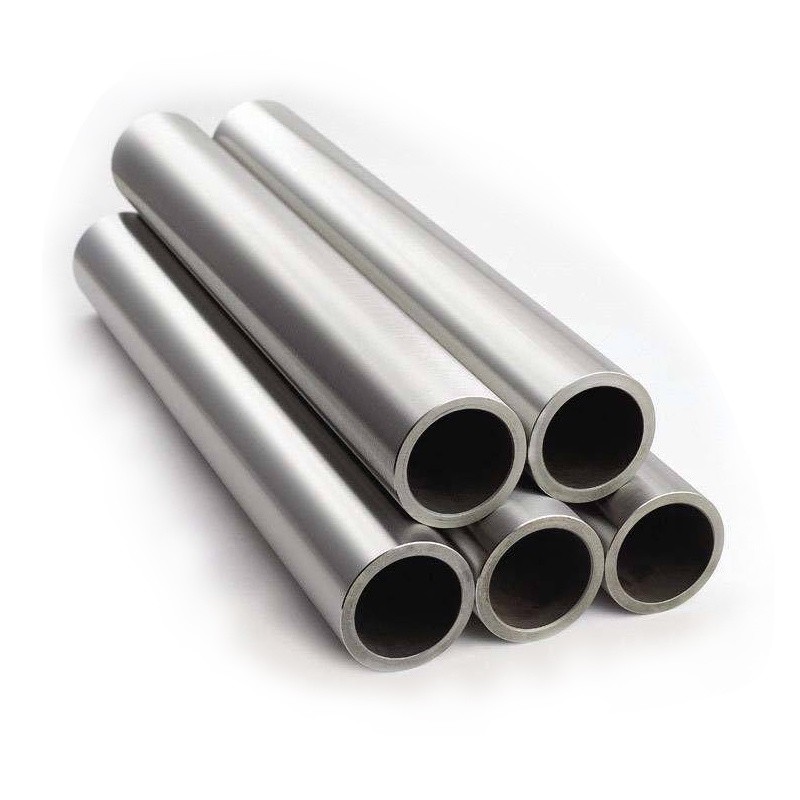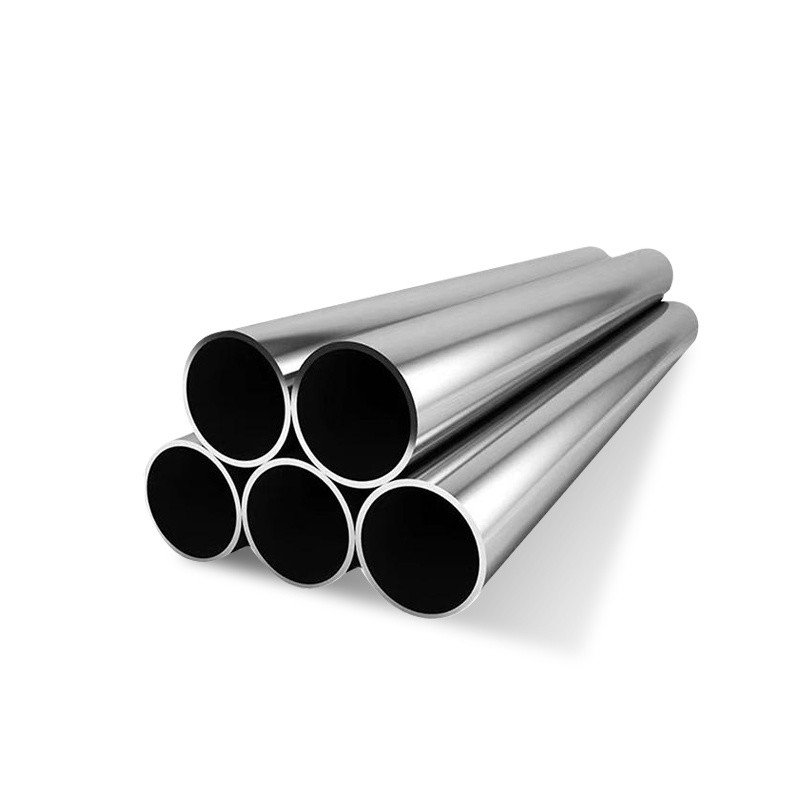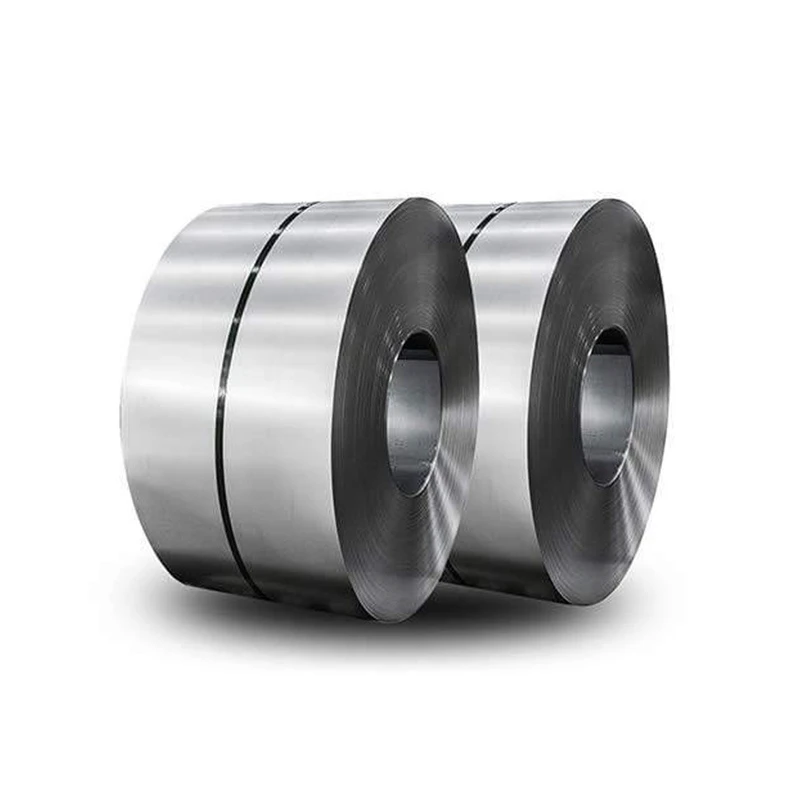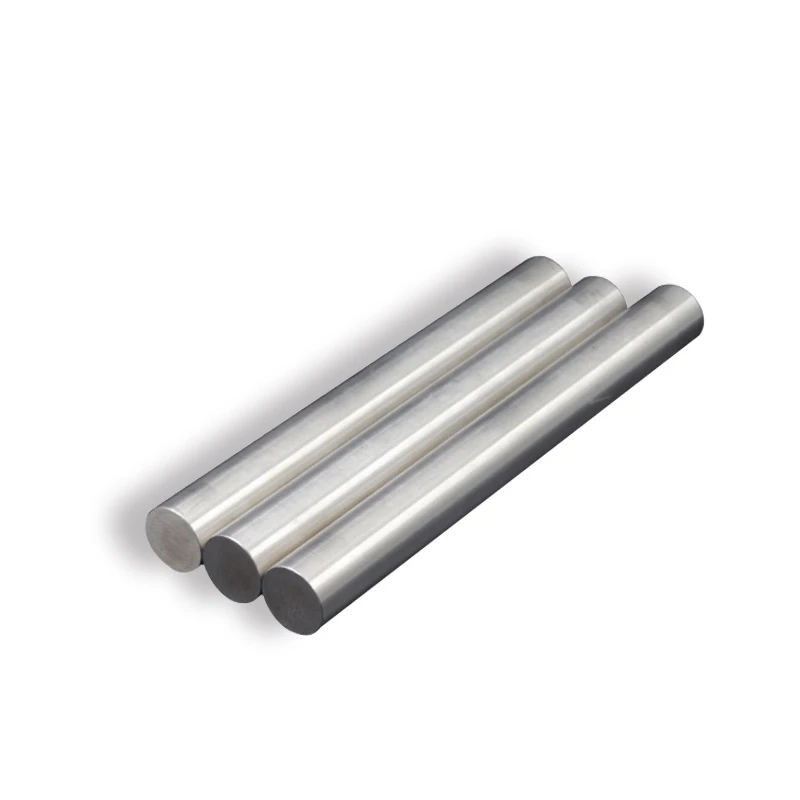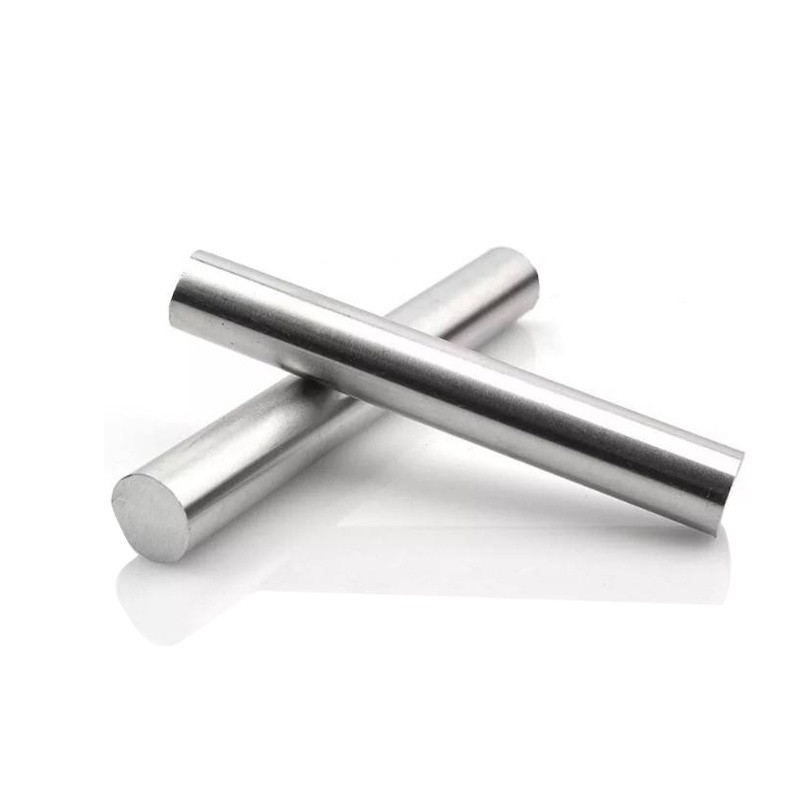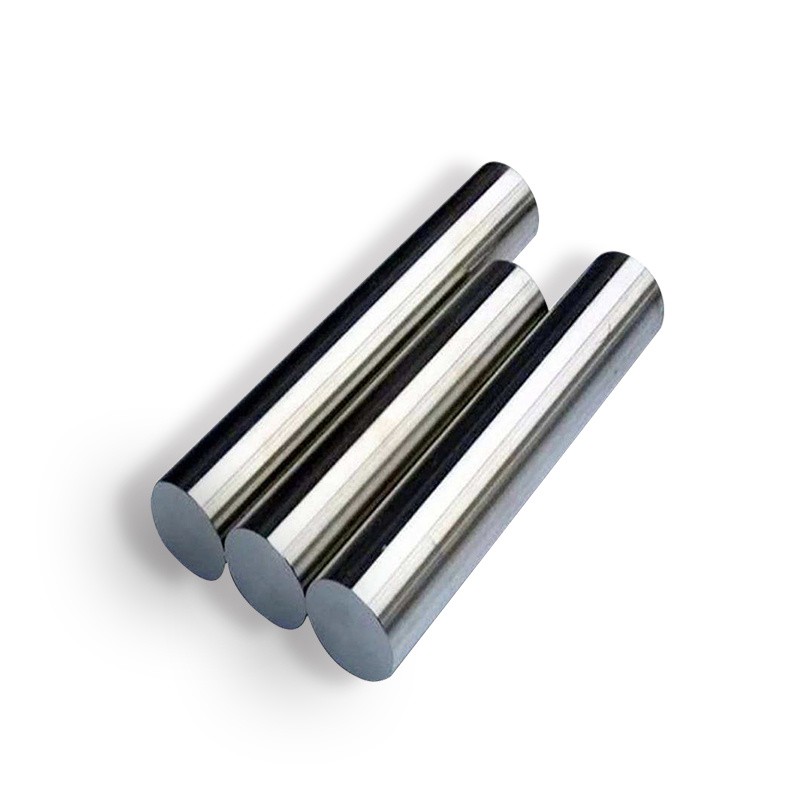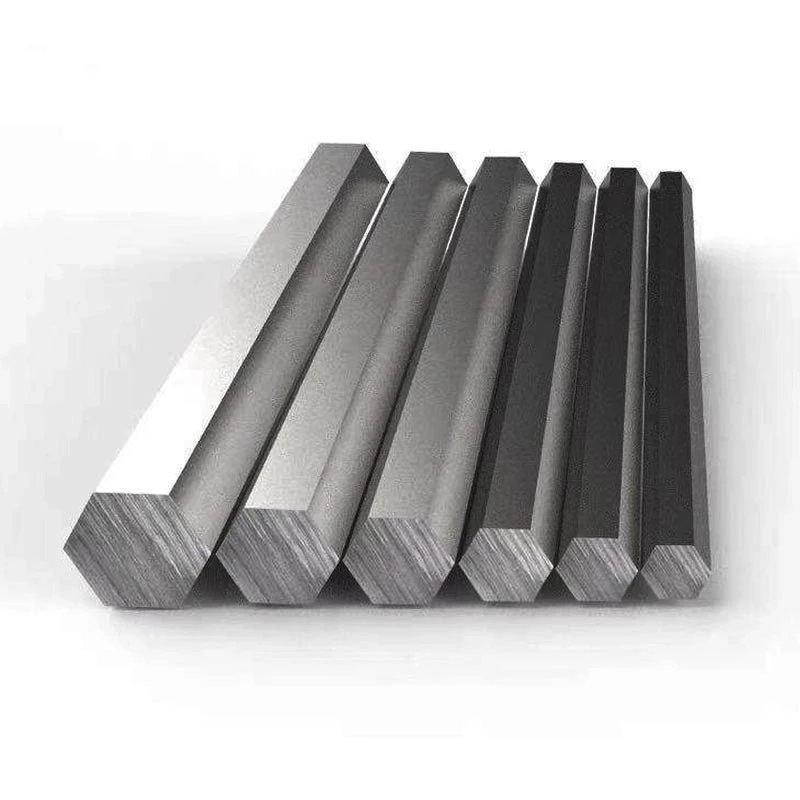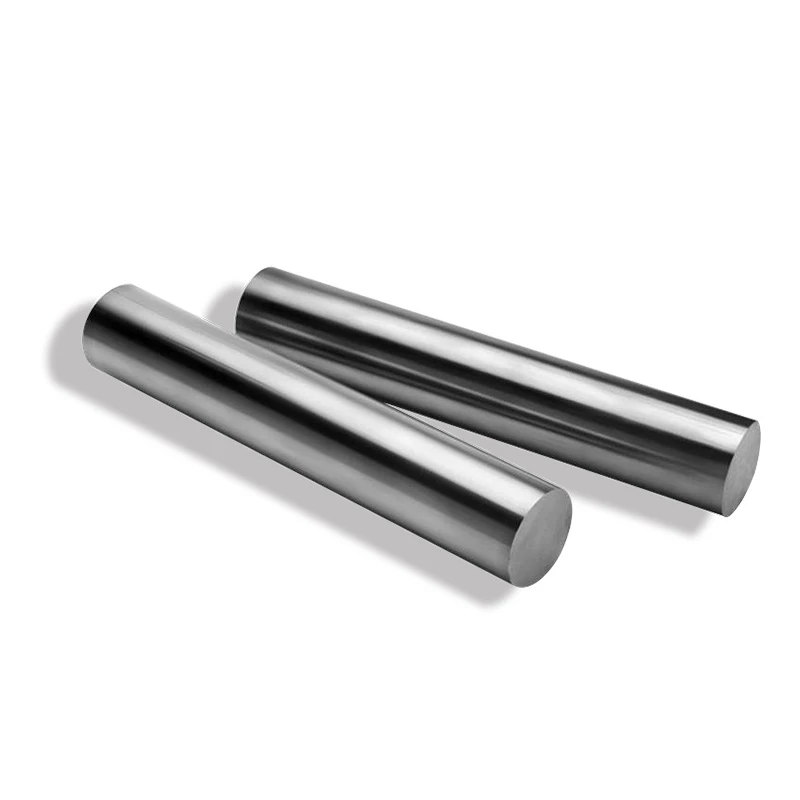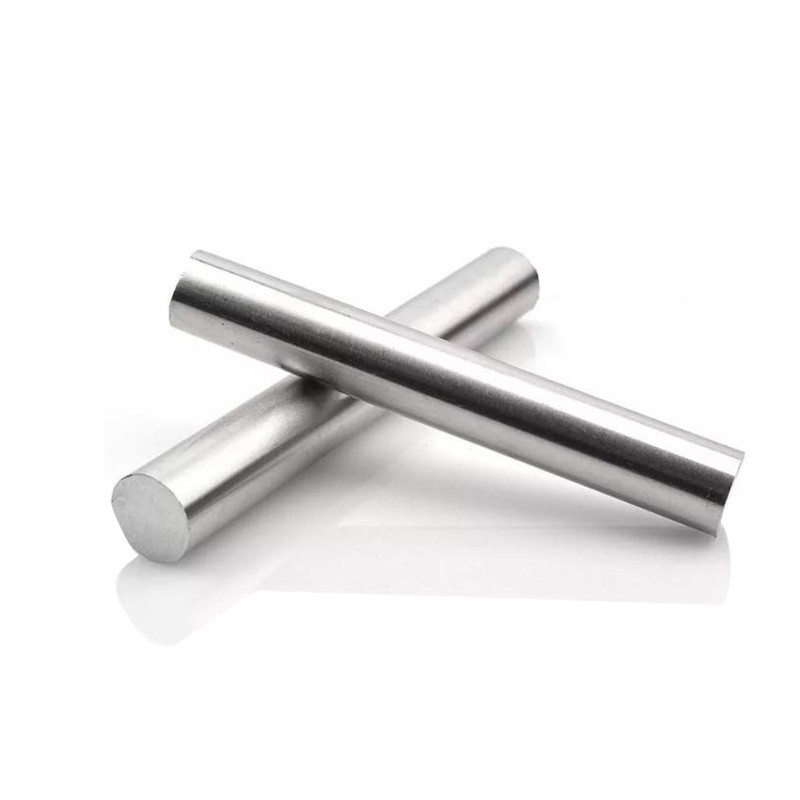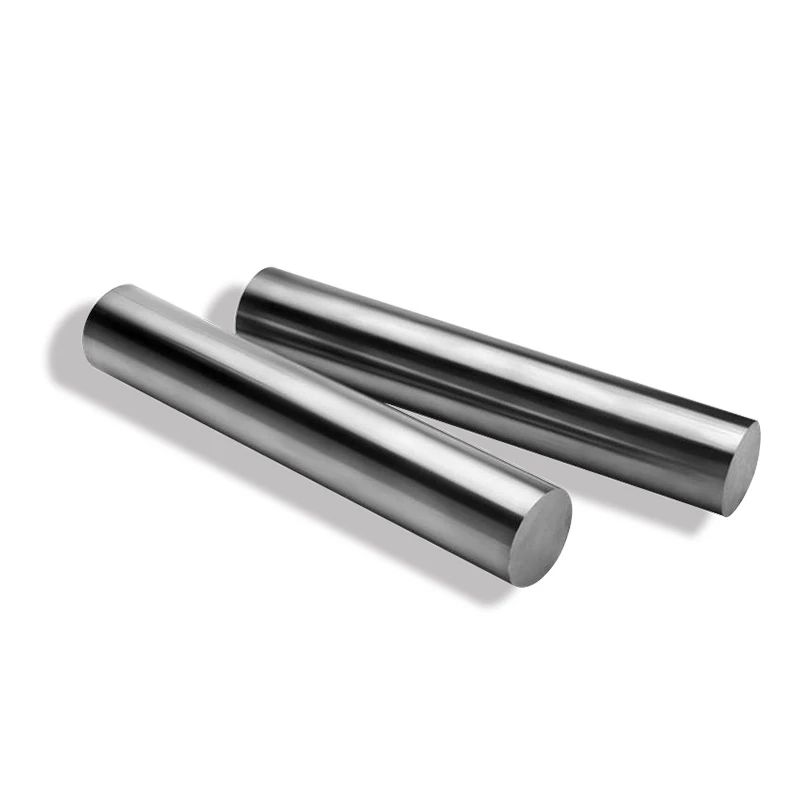
CATEGORIES
FEATURED PRODUCTS
430 Stainless Steel Pipe
We offer this product and related grades with 100% factory direct pricing and free quotes available within 24 hours.
APPLICATION SCENARIOS

OUR ADVANTAGE

Certificate of Honor

PARTNER

Our Factory

We present the comprehensive analysis of 430 stainless steel pipe, a ferritic grade material that has become increasingly vital in modern industrial applications. This non-hardenable chromium steel offers exceptional corrosion resistance combined with cost-effectiveness, making it the preferred choice for numerous commercial and industrial sectors worldwide.
1. Material Overview and Classification
430 stainless steel pipe belongs to the ferritic family of stainless steels, characterized by its straight chromium content without significant nickel additions. Unlike austenitic grades, this material exhibits magnetic properties while maintaining excellent corrosion resistance capabilities.
The designation “430” follows the American Iron and Steel Institute (AISI) numbering system. Additionally, this grade corresponds to UNS S43000 in the Unified Numbering System and DIN 1.4016 in European standards. These multiple designations ensure global recognition and standardization across different markets.
Furthermore, the material’s ferritic microstructure provides superior stress corrosion cracking resistance compared to austenitic alternatives. This characteristic makes it particularly suitable for applications involving chloride environments and moderate temperature conditions.
2. Chemical Composition and Properties
The chemical composition of 430 stainless steel pipe directly influences its performance characteristics. Understanding these elements helps engineers select appropriate materials for specific applications.
Chemical Composition Table
| Element | Weight Percentage (%) | Function |
|---|---|---|
| Chromium (Cr) | 16.0 – 18.0 | Primary corrosion resistance |
| Carbon (C) | 0.12 max | Strength and hardness |
| Manganese (Mn) | 1.00 max | Deoxidation and sulfide formation |
| Silicon (Si) | 1.00 max | Deoxidation and scale resistance |
| Phosphorus (P) | 0.040 max | Impurity control |
| Sulfur (S) | 0.030 max | Impurity control |
| Iron (Fe) | Balance | Base metal structure |
The chromium content provides the essential corrosion resistance, while the controlled carbon level ensures proper mechanical properties. Moreover, the absence of nickel makes this grade more cost-effective than austenitic alternatives.
3. Mechanical Properties and Performance Standards
Understanding the mechanical properties is crucial for proper application selection. These properties determine the material’s behavior under various loading conditions and environmental factors.
Mechanical Properties Table
| Property | Value | Unit | Test Method |
|---|---|---|---|
| Tensile Strength | 450-650 | MPa | ASTM A370 |
| Yield Strength (0.2% offset) | 275-350 | MPa | ASTM A370 |
| Elongation | 22-25 | % | ASTM A370 |
| Hardness (Brinell) | 183-217 | HB | ASTM E10 |
| Modulus of Elasticity | 200 | GPa | ASTM E111 |
| Poisson’s Ratio | 0.27-0.30 | – | Standard calculation |
The mechanical properties indicate excellent formability and ductility. Therefore, the material can withstand moderate deformation without failure, making it suitable for various fabrication processes.
4. Physical Properties and Thermal Characteristics
Physical properties play a significant role in determining the suitability of 430 stainless steel pipe for specific applications, particularly those involving thermal cycling or heat transfer.
Physical Properties Table
| Property | Value | Unit | Temperature Range |
|---|---|---|---|
| Density | 7.70 | g/cm³ | Room temperature |
| Thermal Conductivity | 26.1 | W/m·K | 100°C |
| Thermal Expansion | 10.4 | µm/m·K | 0-100°C |
| Specific Heat | 460 | J/kg·K | 0-100°C |
| Electrical Resistivity | 600 | nΩ·m | Room temperature |
| Magnetic Permeability | Ferromagnetic | – | Room temperature |
The thermal conductivity of 430 stainless steel exceeds that of austenitic grades, making it advantageous for heat transfer applications. Consequently, this property enhances energy efficiency in various industrial processes.
5. Manufacturing Standards and Specifications
430 stainless steel pipe production follows stringent international standards to ensure consistent quality and performance. These standards govern everything from chemical composition to dimensional tolerances.
Manufacturing Standards Comparison
| Standard | Region | Scope | Key Requirements |
|---|---|---|---|
| ASTM A312 | USA | Seamless and welded pipe | Chemical composition, mechanical properties |
| ASTM A409 | USA | Welded large diameter pipe | Dimensional tolerances, surface finish |
| EN 10217-7 | Europe | Welded pipe for pressure purposes | Testing requirements, marking |
| JIS G3459 | Japan | Stainless steel pipe | Quality control, inspection methods |
| GB/T 14976 | China | Fluid transportation pipe | Manufacturing processes, testing |
Each standard emphasizes different aspects of quality control. However, all standards maintain strict requirements for chemical composition and mechanical properties to ensure consistent performance.
6. Applications and Industry Usage
The versatility of 430 stainless steel pipe makes it suitable for numerous applications across various industries. Its combination of corrosion resistance and cost-effectiveness drives widespread adoption.
Primary Applications
Architectural and Construction: Building facades, roofing systems, and structural components benefit from the material’s weather resistance and aesthetic appeal. The non-staining properties make it ideal for exterior applications where appearance matters.
Automotive Industry: Exhaust systems, trim components, and fuel lines utilize 430 stainless steel pipe for its heat resistance and durability. The material’s ability to withstand thermal cycling makes it particularly valuable in engine applications.
Food Processing Equipment: Dairy equipment, brewery systems, and food transportation pipes rely on the material’s hygienic properties and ease of cleaning. The smooth surface finish prevents bacterial growth and ensures food safety.
Chemical Processing: Mild chemical environments, storage tanks, and transportation systems benefit from the material’s corrosion resistance. While not suitable for highly aggressive chemicals, it performs well in moderate conditions.
Marine Applications: Boat railings, marine hardware, and coastal structures utilize the material’s resistance to saltwater corrosion. The cost advantage over super duplex grades makes it attractive for many marine applications.
7. Corrosion Resistance and Environmental Performance
The corrosion resistance of 430 stainless steel pipe stems primarily from its chromium content, which forms a protective passive layer on the surface. This layer self-repairs when damaged, providing long-term protection.
Corrosion Performance in Different Environments
Atmospheric Conditions: Excellent performance in rural and urban environments. The material shows minimal discoloration and maintains structural integrity for decades under normal atmospheric exposure.
Freshwater Systems: Good resistance to potable water and most freshwater applications. However, water quality and temperature affect long-term performance, requiring proper system design.
Mild Chemical Environments: Suitable for weak organic acids and alkalis. The material performs well in food processing chemicals and mild cleaning solutions commonly used in industrial settings.
Limitations: Not recommended for chloride-rich environments or highly acidic conditions. Seawater applications require careful consideration of operating conditions and proper system design.
According to industry data, the global stainless steel pipes and tube market size was USD 32.6 billion in 2023 and is projected to grow to USD 49.49 billion by 2032, exhibiting a CAGR of 4.8%, indicating strong market demand for stainless steel piping solutions.
8. Manufacturing Processes and Quality Control
The production of 430 stainless steel pipe involves several manufacturing processes, each with specific advantages and applications. Understanding these processes helps in selecting the appropriate product for specific requirements.
Manufacturing Methods
Seamless Pipe Production: Hot piercing and rolling processes create pipes without longitudinal welds. This method produces superior mechanical properties and pressure ratings, making it ideal for high-pressure applications.
Welded Pipe Manufacturing: Strip or plate material is formed and welded to create the pipe. This process offers cost advantages and allows for larger diameter production, though with some limitations in pressure rating.
Cold Drawing: Secondary processing that improves dimensional accuracy and surface finish. This process enhances mechanical properties through work hardening, resulting in superior strength characteristics.
Quality Control Measures: Each manufacturing step includes rigorous testing procedures. Chemical analysis, mechanical testing, and non-destructive examination ensure compliance with specifications.
The manufacturing process selection depends on application requirements, cost considerations, and performance specifications. Nevertheless, all processes must maintain strict quality standards to ensure reliable performance.
9. Specifications and Dimensional Standards
Understanding the available specifications and dimensional options helps engineers select appropriate products for their applications. Standard dimensions ensure compatibility and reduce inventory requirements.
Standard Pipe Dimensions (ASTM A312)
| Nominal Size | Outside Diameter | Wall Thickness | Weight (kg/m) |
|---|---|---|---|
| 1/2″ | 21.3 mm | 2.77 mm | 1.27 |
| 3/4″ | 26.7 mm | 2.87 mm | 1.69 |
| 1″ | 33.4 mm | 3.38 mm | 2.50 |
| 1-1/4″ | 42.2 mm | 3.56 mm | 3.39 |
| 1-1/2″ | 48.3 mm | 3.68 mm | 4.05 |
| 2″ | 60.3 mm | 3.91 mm | 5.44 |
| 3″ | 88.9 mm | 5.49 mm | 11.29 |
| 4″ | 114.3 mm | 6.02 mm | 16.07 |
Schedule Options
Different schedule options provide varying wall thicknesses to accommodate different pressure requirements. Schedule 10S offers lighter weight for low-pressure applications, while Schedule 40S provides higher strength for moderate pressure systems.
10. Comparison with Other Stainless Steel Grades
Understanding how 430 stainless steel compares to other grades helps engineers make informed material selection decisions. Each grade offers specific advantages for different applications.
Grade Comparison Table
| Grade | Type | Corrosion Resistance | Cost | Magnetic | Weldability |
|---|---|---|---|---|---|
| 430 | Ferritic | Good | Low | Yes | Good |
| 304 | Austenitic | Excellent | Medium | No | Excellent |
| 316 | Austenitic | Superior | High | No | Excellent |
| 409 | Ferritic | Fair | Very Low | Yes | Fair |
| 444 | Ferritic | Very Good | Medium | Yes | Good |
Grade 430 offers the best balance between performance and cost for many applications. While it lacks the superior corrosion resistance of austenitic grades, it provides adequate performance at significantly lower cost.
11. Installation and Maintenance Considerations
Proper installation and maintenance practices ensure optimal performance and longevity of 430 stainless steel pipe systems. Following established procedures prevents premature failure and reduces lifecycle costs.
Installation Guidelines
Handling Procedures: Proper lifting and storage techniques prevent surface damage and contamination. Use appropriate slings and avoid contact with carbon steel to prevent cross-contamination.
Welding Considerations: Preheating and post-weld heat treatment may be required for certain applications. Proper filler metal selection ensures joint integrity and corrosion resistance.
Joint Design: Proper joint design minimizes stress concentrations and ensures leak-tight connections. Consider thermal expansion and contraction during system design.
Maintenance Practices
Regular Inspection: Visual inspection and non-destructive testing help identify potential problems before failure occurs. Monitor for signs of corrosion, cracking, or excessive wear.
Cleaning Procedures: Regular cleaning with appropriate chemicals maintains surface appearance and prevents contamination buildup. Avoid chloride-containing cleaners that could initiate corrosion.
Replacement Planning: Establish replacement schedules based on operating conditions and inspection results. Proactive replacement prevents unexpected failures and reduces maintenance costs.
Research indicates that the stainless steel seamless pipe market is expected to reach 1.7M tons in volume and $9B in value by 2030, highlighting the growing importance of proper maintenance practices for existing installations.
Frequently Asked Questions (FAQs)
Q1: What is the maximum operating temperature for 430 stainless steel pipe? A1: 430 stainless steel pipe can operate continuously at temperatures up to 815°C (1500°F). However, prolonged exposure to temperatures between 400-600°C may cause embrittlement. For high-temperature applications, consider using stabilized grades or alternative materials.
Q2: Can 430 stainless steel pipe be used in food-grade applications? A2: Yes, 430 stainless steel pipe meets FDA requirements for food contact applications. Its smooth surface finish and non-reactive properties make it suitable for dairy equipment, beverage systems, and food processing lines. Regular cleaning and sanitization maintain hygienic conditions.
Q3: How does 430 stainless steel pipe compare to carbon steel in terms of cost? A3: While 430 stainless steel pipe has higher initial costs than carbon steel, it offers superior corrosion resistance and lower maintenance requirements. The lifecycle cost analysis often favors stainless steel due to reduced replacement frequency and maintenance expenses.
Q4: What welding processes are recommended for 430 stainless steel pipe? A4: Gas tungsten arc welding (GTAW) and gas metal arc welding (GMAW) are preferred methods. Use appropriate filler metals such as ER430 or ER309L for dissimilar metal joints. Proper gas shielding and heat input control ensure quality welds.
Q5: Is 430 stainless steel pipe suitable for chlorinated water systems? A5: 430 stainless steel pipe has limited resistance to chlorinated water systems. For potable water applications with chlorination, consider using higher-grade materials like 316L or conduct thorough testing to evaluate long-term performance.
Q6: What surface finishes are available for 430 stainless steel pipe? A6: Common surface finishes include mill finish, pickled and passivated, and polished finishes. The choice depends on application requirements, with polished finishes preferred for sanitary applications and mill finish suitable for structural uses.







